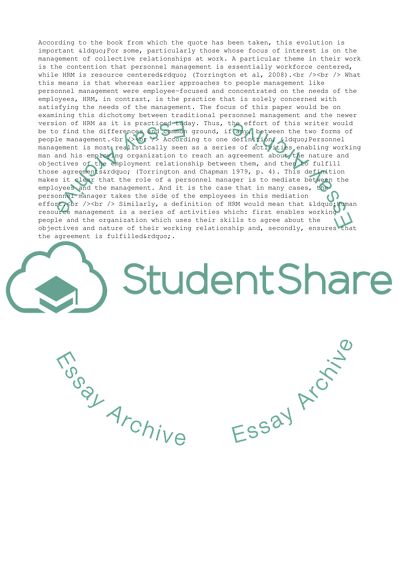Cite this document
(The Rise of HRM in the Last Two Decades of the Twentieth Century Essay - 1, n.d.)
The Rise of HRM in the Last Two Decades of the Twentieth Century Essay - 1. Retrieved from https://studentshare.org/management/1725762-personnel-management
The Rise of HRM in the Last Two Decades of the Twentieth Century Essay - 1. Retrieved from https://studentshare.org/management/1725762-personnel-management
(The Rise of HRM in the Last Two Decades of the Twentieth Century Essay - 1)
The Rise of HRM in the Last Two Decades of the Twentieth Century Essay - 1. https://studentshare.org/management/1725762-personnel-management.
The Rise of HRM in the Last Two Decades of the Twentieth Century Essay - 1. https://studentshare.org/management/1725762-personnel-management.
“The Rise of HRM in the Last Two Decades of the Twentieth Century Essay - 1”. https://studentshare.org/management/1725762-personnel-management.


